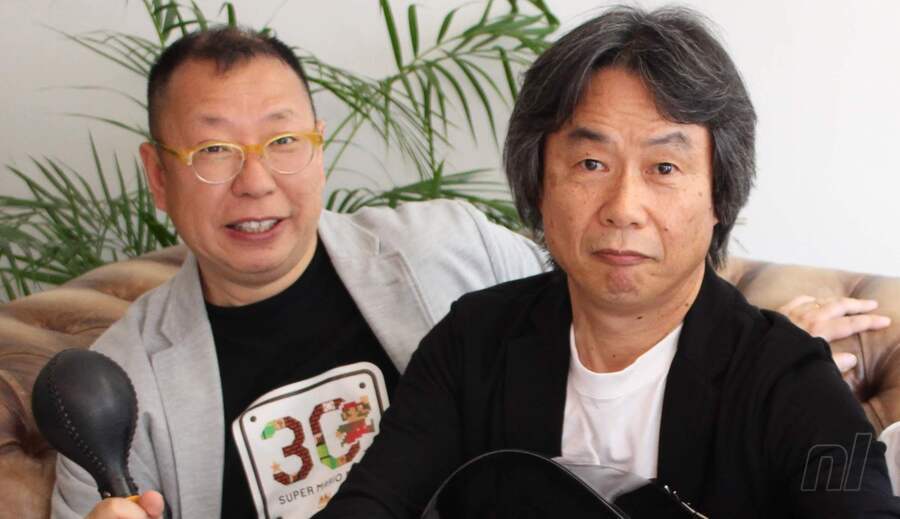
In September 2019 (Monday 23rd, to be exact) Nintendo celebrated its 130th anniversary. Founded back in 1889, it famously started out as a manufacturer of playing cards. Eventually, the company went into the toy market with the Ultra Hand, an extendable arm developed by an employee in his spare time. Those gadgets quickly led to the development of more sophisticated electronic toys.
The Ultra Hand’s creator, Gunpei Yokoi, would go on to develop the Game & Watch handhelds (where the D-pad debuted) and the all-conquering Game Boy. For these reasons, Nintendo fans are familiar with his name, as well as that of a certain student who joined the company in the mid-'70s, working under Yokoi as Nintendo took its first tentative steps into the realm of arcade and home video games.
As the father of Mario, that student – Shigeru Miyamoto – has become synonymous with ‘Nintendo’ to an extent. However, as the celebrated figurehead behind some of the greatest video games in the medium, he is often credited for successes that he had only a cursory hand in developing. Back in the 1980s, employees at many Japanese companies were treated as mere ‘salarymen’ and credits (if the game had any) often used pseudonyms, meaning reliably identifying who did what can be difficult. Couple this with the managerial structure, games with multiple directors and cross-pollination between disciplines – and the inevitable toll time takes on the memories of those involved – and piecing together exactly who worked on some of the biggest video games of all time can be tough.
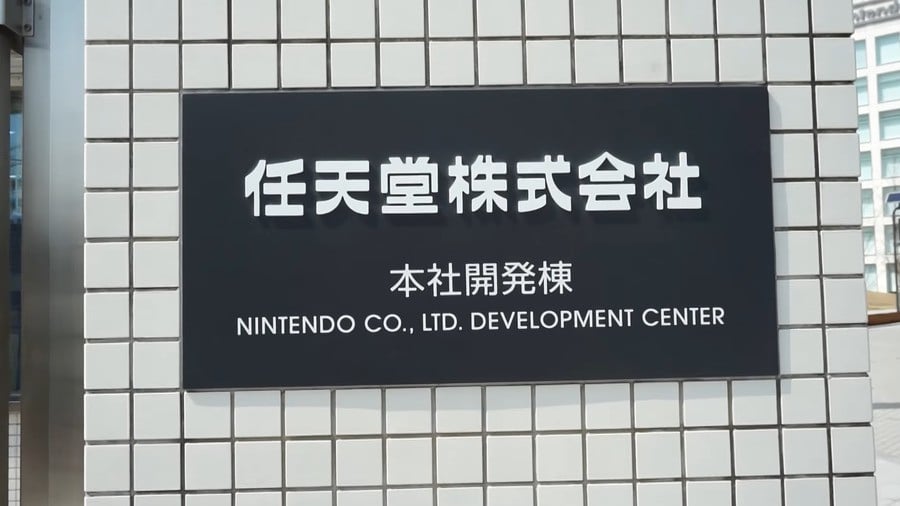
Fortunately, Nintendo’s history is more storied than many of the companies developing games in the era. Many of the company’s luminaries are still there after thirty years or more, and the Iwata Asks series of developer interviews conducted by then-President of the company Satoru Iwata provided valuable insight into that bland-looking building in Kyoto, its personnel and development processes. Gotta love those Nintendo overalls.
In this feature, as well as looking back at the well-known contributors to Nintendo’s success, we hope to acknowledge some of the lesser-known employees as well, highlighting a broad spectrum of talent that has worked to bring us the games we’ve loved. Of course, any selection of this kind is bound to omit key figures in the rich history of the company and its games; with so many departments and divisions involved in making video games, it would be impractical to list every significant person, and this selection is large enough already.
Substantial as it is, the almost total lack of women on this list is startling to see in 2019, perhaps reflecting the corporate culture prevalent at the time of its rise to the top, and the lack of opportunities for women in engineering back then. Happily, that appears to be slowly changing; Nintendo recently highlighted the diversity that characterises the company nowadays and, hopefully, we’ll see the fruits of that reflected as it continues to evolve.
So, while the history of Nintendo is a tapestry made up of hundreds of important contributors, it’s difficult to imagine it being in the position it is today without the following roster of people. For better or (sometimes) worse, it’s these people who have steered the good ship Nintendo into our gaming memories, so let’s take a look at some of the big hitters and a few of their notable achievements over the last 130-ish years...
Fusajiro Yamauchi
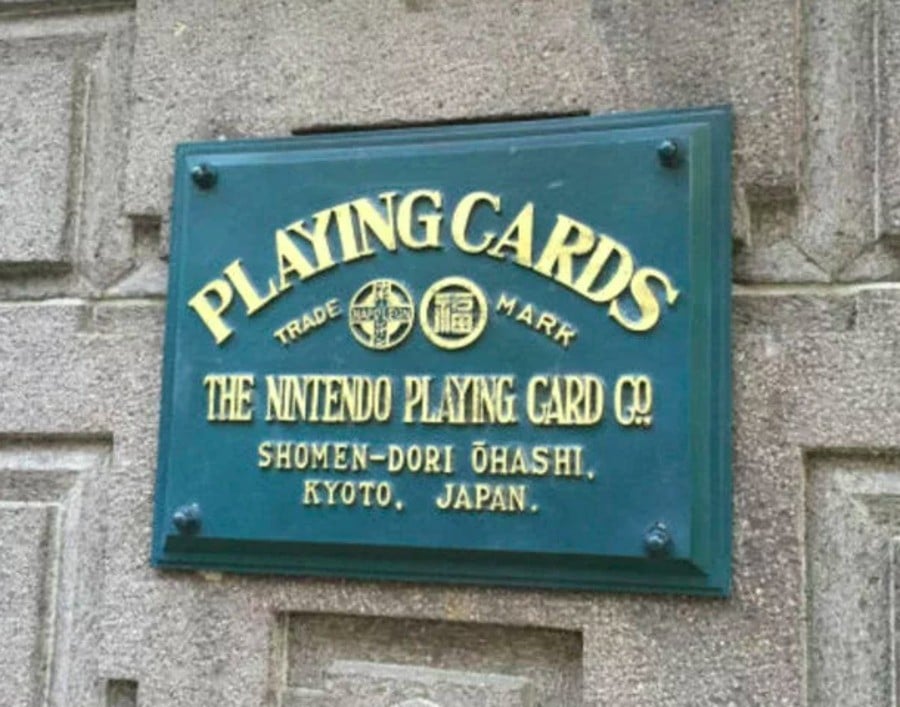
Best to start at the beginning, no? Fusajiro Yamauchi founded Nintendo to make Hanafuda playing cards which kept the company in business for a good sixty years or so. He was the man responsible for christening the company – the debate over the exact origins and meaning of ‘Nintendo’ is an article in itself. A little more vanity and who knows – we could have been playing the Yamauchi Entertainment System. YES.
Fusajiro Yamauchi’s son-in-law, Sekiryo Kaneda, would go on to succeed him as president, taking Yamauchi’s name when he took over the role in 1929, and the founder’s great-grandson would become Nintendo’s third – and longest sitting – president...
Hiroshi Yamauchi

A severe-looking individual with a reputedly fiery temper, Hiroshi Yamauchi is the man responsible for moving Nintendo away from playing cards and moulding the company into its modern guise. After brief dalliances in a wide variety of areas in the early 1960s (including taxis and ‘love’ hotels), Yamauchi redirected the company into the toy market and consequently into video games.
Famously more interested in playing Go than any of that video game nonsense, Yamauchi’s gifts included recognising talent when he saw it, filling Nintendo’s ranks with the best people and having an uncanny ability to divine what was needed in any given situation – the addition of a second screen to Nintendo DS came at his insistence despite having retired and relinquished his presidential post to Satoru Iwata. It seems he had some ’eccentric’ policies, but his iron fist approach to business held him and his company in very good stead for 53 years.
Shigeru Miyamoto

‘Who’s this reclusive shadowy figure?’ you ask. A creative fellow in deeds and title, there’s no need to dwell on this guy – as you well know, he’s had a hand in making more great games than you’ve had hot dinners. His hobbies include upending tea tables, exploring new cities without a map, gardening and playing the banjo, and he likes to turn those experiences into video games; most of the time, that goes very well indeed. We’ll let the odd Wii Music slide – they can’t all be winners.
He’s reportedly a hard taskmaster that doesn’t dole out praise easily, but he’s been training up the next generation of developers and gradually adopting the role of overseer and ambassador. Our colleague Ryan still regales us with the story of meeting Miyamoto (and the next person on our list) and it still makes us green with envy. Come to think of it, that’s probably why he does it.
Takashi Tezuka
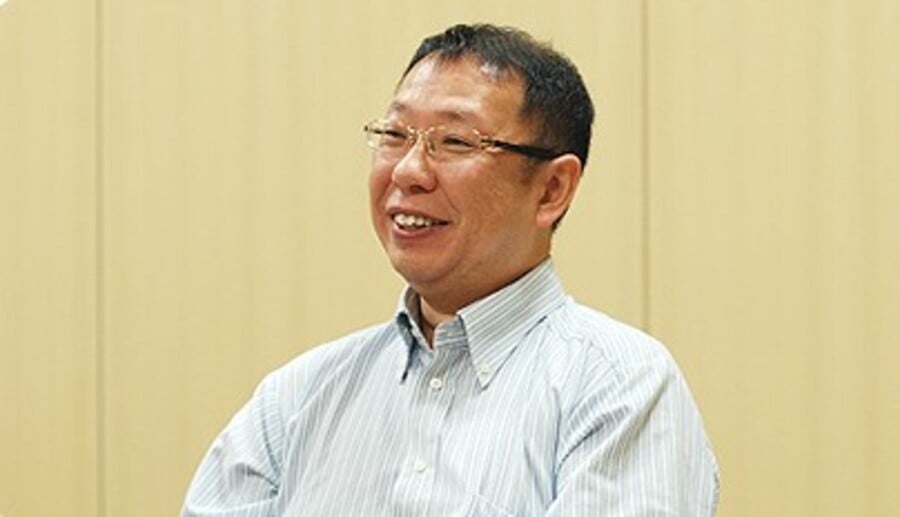
Tezuka has worked at Nintendo since 1984 and has had a hand in creating some of the company’s most celebrated and iconic games, including director credits on The Legend of Zelda, Super Mario Bros. 3, Super Mario World, A Link To The Past and Yoshi’s Island – not a bad start to the CV.
Despite the stature of these games, it’s only really in recent years that Tezuka’s taken a more active role in the limelight. He accompanied Miyamoto and featured prominently in the promotion of Super Mario Maker and it feels like he’s finally enjoying some recognition for that list of classics above, plus a lot more besides which he has taken a key role in creating.
Masayuki Uemura

Originally an engineer with Sharp, Uemura was the man most directly responsible for designing the Famicom and its western counterpart, the NES. Having designed a slew of Nintendo’s early consoles, he was behind the classic hardware iconography that Nintendo continues to tap to this day. For more information about this pivotal player in Nintendo’s history, check out our interview with Mr. Uemura during a rare visit to the UK to discuss his work and career in early-2020.
As long as Nintendo continue to mine their catalogue for retro kudos, his influence will be felt.
Makoto Kano
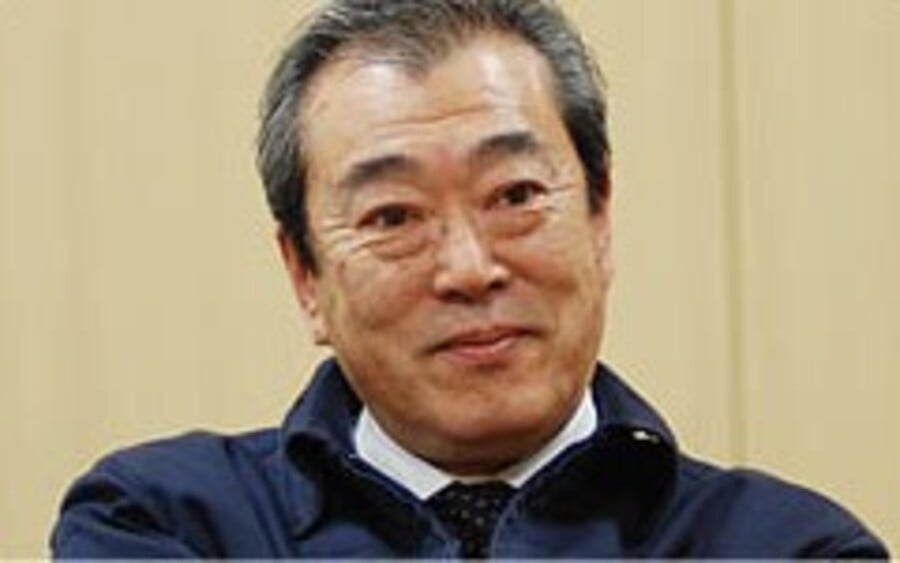
Another long-term employee, having been with the company since the 1974, many people might see his producing credit on Super Metroid and say ‘yep, fair enough – he’s definitely on the list’, but Kano worked as Concept Designer on the original Metroid as well as Famicom Wars and Kid Icarus.
That’s three (okay, two-and-half) significant franchises that he helped create from the very beginning stages, laying the blueprints for future classics.
Satoru Okada
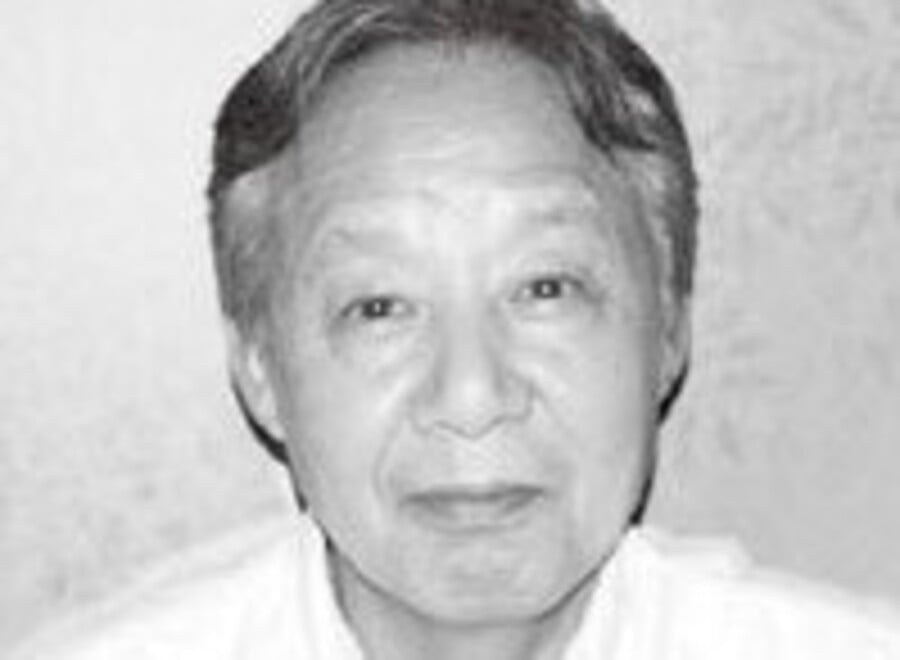
The director of Metroid and Super Mario Land, Okada worked primarily as an engineer on Nintendo’s handheld hardware, all the way from the original Game Boy up to and including the DS. He actually opposed the addition of a second screen initially, but the indomitable ex-president Hiroshi Yamauchi exercised his authority over naysayers as chairman of the board of directors.
The decision turned out to be another prescient one from Yamauchi, which Okada acknowledged. He retired in 2012 with an impressive lineage of Nintendo handhelds to his name.
Hitoshi Yamagami
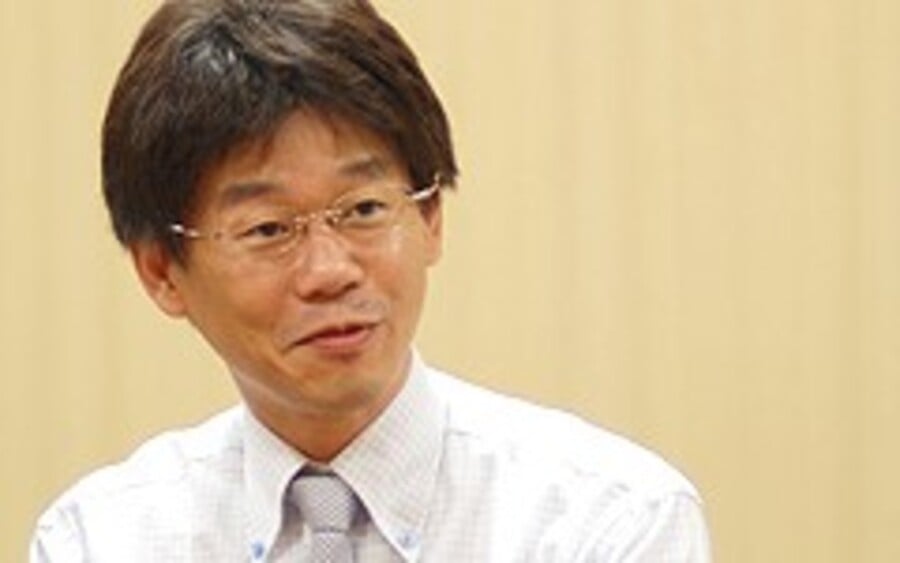
This guy has one impressively long list of credits to his name and has had a hand in many of Nintendo’s best puzzle games including Dr. Mario, Tetris Attack (Panel de Pon in Japan) and Tetris DS. He’s the former manager of SPD2 (Software Planning & Development group 2) and has acted as producer on many more titles, most notably the Fire Emblem and Pokémon series.
Shinya Takahashi
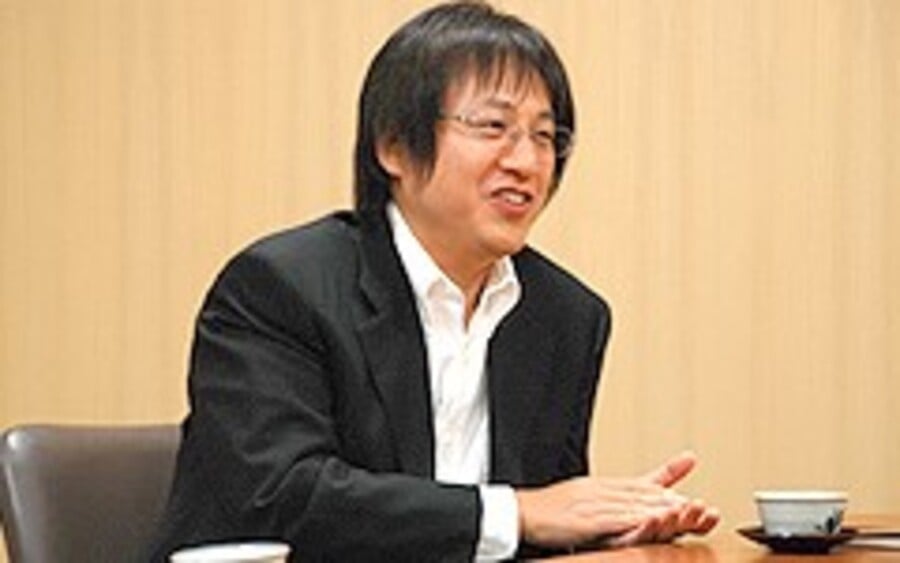
A recognisable face from various Iwata Asks and the man who earlier this year delivered the news that Metroid Prime 4 would be restarting development, Takahashi is Senior Managing Executive Officer, whatever that is exactly. Browsing through his long list of credits, we could pick out his co-directing duties on Wave Race 64 as a particular highlight, but he has a staggering amount of General Producer credits.
He’s one of those people who despite having their fingerprints on dozens of classics, you probably wouldn’t think of if asked to name a dozen Nintendo employees. Bland, nebulous titles such as ‘Assistant Producer’, ‘Project Coordinator’ or ‘Supervisor’ obscure important contributions, especially in logistics, planning or localisation roles, meaning these people rarely get the recognition they deserve. Check out their credits, though, and you’ll likely be surprised to find just how many of your favourites they’ve worked on.
Hiroyuki Kimura
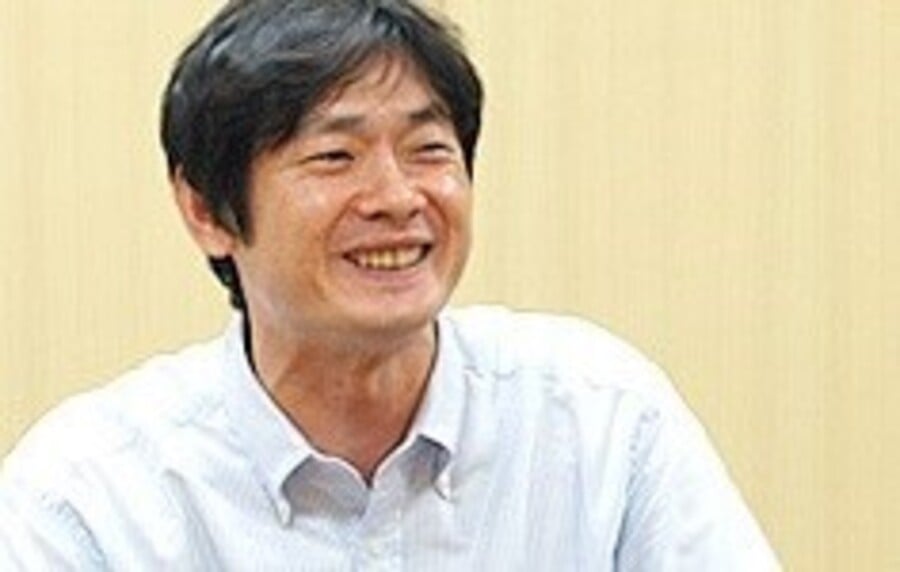
After joining Nintendo in 1988, Kimura did character design on Super Mario Bros. 3 before moving on to direct and design Metroid II on the Game Boy. He then did background design work on Super Metroid before joining Miyamoto’s EAD (Entertainment Analysis & Development) group. More recently he’s worked on the Pikmin and New Super Mario Bros. series. A very nice little resume, then.
Hisashi Nogami

Upon joining Nintendo in 1994, he was put to work designing characters for Yoshi’s Island. From that auspicious start he went on to direct much of the Animal Crossing series and has most recently been involved with production on the Splatoon games in his current role as Deputy General Manager for EP&D.
It’s hard to argue, though, that the most impressive thing on his CV is obviously the ‘Word Swooping’ he did on Rareware’s seminal 1998 3D platformer, Banjo-Kazooie (along with Keisuke Terasaki). Now that’s a video game.
Takaya Imamura
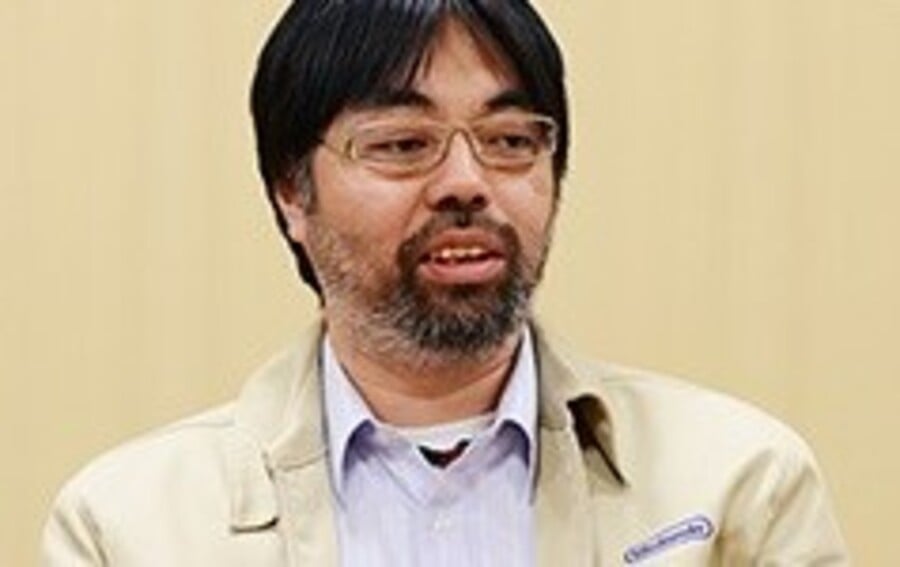
Another employee with a broad spectrum of talents, his design skills were first put to use on backgrounds and characters for F-Zero on the SNES and he’s been involved with the series ever since – we’re big fans of that franchise, as you may know. That’s wonderful, you may be thinking, but what’s he been up to for the past sixteen years? Well, he’s also involved in a similar capacity with the Star Fox series from the original game, where he worked with Dylan Cuthbert, right up to the bespoke Switch content for Starlink: Battle For Atlas.
Being the creator of Fox McCloud and Captain Falcon (and, perhaps most notably, Tingle), he also has a ‘Supervisor’ credit on Super Smash Bros. Ultimate. Having said that, practically everybody on this list gets a credit in Smash Bros.
Hideki Konno
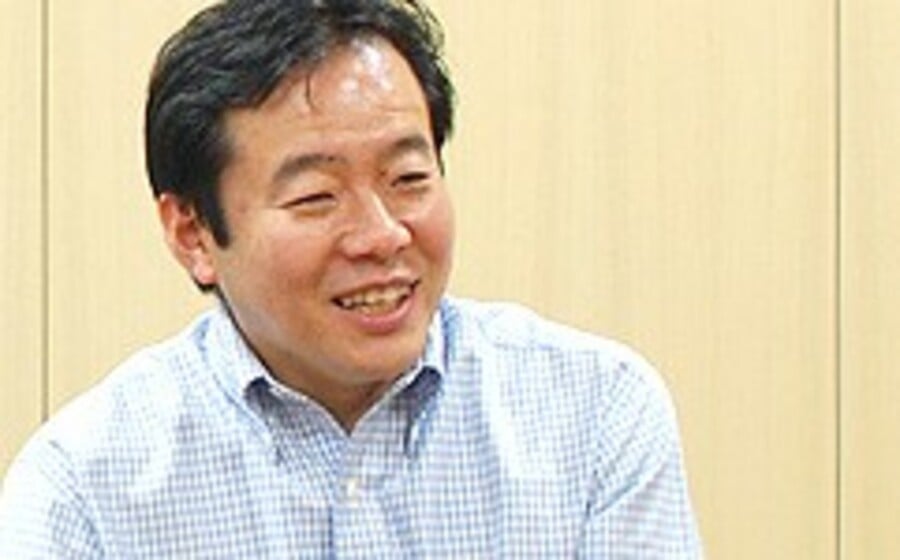
After joining Nintendo in 1986, Konno designed levels for Super Mario Bros. 3 and Super Mario World before moving on to directing the Mario Kart series which he has remained involved with to this day. He was a director on Yoshi’s Story and Luigi’s Mansion and also worked on Nintendogs. He’s currently managing Nintendo’s mobile output, arguably the perfect person to oversee development on the upcoming Mario Kart Tour.
Satoru Iwata
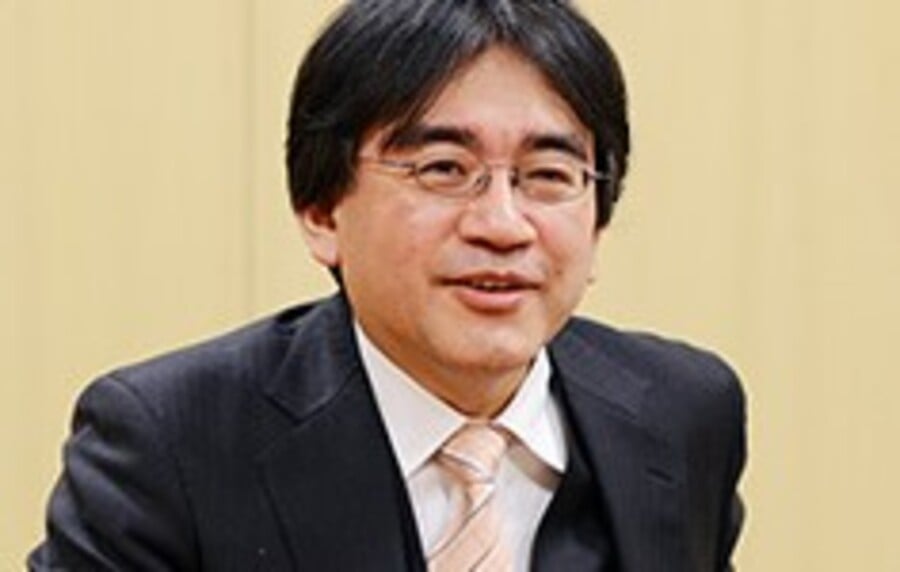
Another very familiar name. Iwata’s background gave him an insight into game development that made him very much the ‘programmer’s president’, a total contrast to his predecessor. The first president to come from outside the Yamauchi clan, his tenure was characterised by opening up the company to a broader audience with the Nintendo DS and Wii and communicating more directly with that audience through the Nintendo Direct presentations. He also helped feed fans’ curiosity for behind-the-scenes information about games development with the Iwata Asks interview series.
That’s just his presidential legacy – before joining Nintendo he was a programmer at HAL (and became president there, too, at the behest of Hiroshi Yamauchi) working on multiple games including Kirby, Earthbound and Super Smash Bros.. It was famously down to his programming skills that Pokémon Gold and Silver featured the entire Kanto region in addition to Johto, and when things got tough around the Wii U era he took a pay cut and put Nintendo on the trajectory to the success it's now enjoying with Switch. His death in 2015 was felt across the industry but his fingerprints can still be found across Nintendo and the company’s output.
Gunpei Yokoi

The man behind the D-pad, the Game and Watch series, the Game Boy and steering Nintendo into the toy market with the Ultra Hand, Yokoi’s impact on Nintendo and the gaming industry at large was tremendous. He left the company in 1996 following the failure of the Virtual Boy and developed the WonderSwan handheld console before his death in a traffic accident in 1997. He also had a hand in producing Metroid and Kid Icarus.
Yokoi was a big proponent of using ‘mature’ technology to deliver fun experiences, from the toys developed in the early days up to the humble Game Boy. This approach has characterised Nintendo’s home console development ever since it left the graphical ‘arms race’ after the GameCube and adopted Yokoi’s approach with the Wii. So it continues with the Switch – a console delivering new experiences and ways to play using established, proven technology.
Yoshiaki Koizumi

The most current and recognisable face of the Mario franchise (after Miyamoto, of course), Koizumi has been responsible for the plumber’s most recent, most excellent series entries. Don’t let that youthful face trick you, though – he’s a veteran of the company whose first game was A Link To The Past for which he provided the back story and some design work.
He would go on to be an assistant director on Super Mario 64 with Takashi Tezuka and Shigeru Miyamoto, so he’s hardly the fresh-faced new kid on the block you may think. As sole director on Super Mario Galaxy and Super Mario Sunshine, he’s proven that Mario has a very bright future when Miyamoto retires to play banjo in his garden.





Comments 53
What about Knack?
Pretty sure the most important person in Nintendo history is Waluigi.
Funny you didn't include John Kirby, the lawyer who actually won them the Donkey Kong case and after which the Kirby series was named, but you did include the guy that hired him.
Anyway, this is a great article, and I learned stuff about Nintendo, which doesn't happen often nowadays.
Good you gave some recognition to Reggie, he may not be a developer or a decision maker, but he has been hella good at showing their products in a different way.
I think you guys missed Kazumi Totaka!
I really enjoyed this article. We all know some of the more famous faces, but it’s nice to get a look at some of the more unsung heroes at Nintendo.
Removed - trolling/baiting
l miss Satoru Iwata 😥
The peoples i remembered from Nintendo :
1. Satoru Iwata
2. Shigeru Miyamoto
3. Reggie
4. Tatsumi Kimishima (After Satoru Iwata passed away)
5. Eiji Aonuma (after peoples keep talking about Zelda BOTW and his Mii on Miitopia)
All right! Now let's see the Shirtless VIPs of Nintendo Charity Calendar 2019.
Where’s John major
@nofriendo a Troll no less.
@SwitchForce How do you figure?
Howard Lincoln was the one who declared Night Trap would never appear on a Nintendo console?!
I thought it was Digital Pictures who declared that after getting upset that reportedly NoA chose their game as an example of "bad" games while looking to defend itself after the Mortal Kombat controversy blew up on them. I recall from an article that even in 2014 (20 years after the original Kombatgate that turned into legislation that resulted in the formation of the ESRB) the original producers were still a bit upset that their game was the one time Nintendo managed to censor a game on rival hardware.
And yet just a few years after that the game did appear on a Nintendo console for the first time.
Good to see the stamper brothers get a mention...
Awesome read! Glad to most of the big guys at Nintendo in one article!
@Octane Finally, someone else acknowledges it.
Good read. Lot of names I didn't know in there. What a talented bunch of people that helped create some of the greatest games ever.
Henk Rogers looks like a James Bond villian who would live in a cave made of crystals
And not a single African-American woman amongst these names?
Come on Nintendo of Japan, it's 2019! Where is the diversity!?
@KennyBania
You seem really interesting.
@nessisonett Only the true Waluigi fans watch this: https://www.youtube.com/watch?v=pEP_F7kegQo
Some of these credits are off. Hideki Konno directed Yoshi's Story, not Katsuya Eguchi. Yoshiaki Koizumi didn't direct Super Mario Odyssey, Kenta Motokura did. That's just what I see straight off, but you guys are trying and I appreciate that. You should credit Satoru Okada with Kid Icarus too, since that guy gets so little credit for what he's done generally.
What about the guy who designed the Nintendo 64? :<
@avocadopear Right you are! Must’ve mixed ‘designer’ and ‘director’ in my notes at some point Also, I wrote Odyssey but I meant Sunshine! All corrected - thanks
...and Hirokazu "Hip" Tanaka, the composer for Balloon Fight, Metroid, Kid Icarus, Super Mario Land and Dr. Mario.
Interesting that there aren’t any women. I wonder who is the most influential woman in Nintendo history is?
Amazing group of people. We truly owe them a lot. Great deal of respect for them. God bless them.
@DK-Fan What are you talking about? Super Metroid is still one of the most popular in the series. I won't bother defending Zelda... you're welcome to your (incorrect) opinion.
What the hell...all males, not black (the best colour) and probably all cis too.
I'm going over to reeeera to make a point about this. Let's get Nintendo to listen, boys! girls! transbeings! interstellar aliens! #inclusivity #diversityisourstrength #equalityjusticenow #banallwhitemales
@KennyBania @nofriendo
Hey where is a Female President. Both seem to lack any credible culture knowledge. Troll supporting trolls.
How about the two join hands and sing kumbiya.
@dartmonkey No problem!
I feel like this would have been an awesome drinking game. If you can identify a game the person worked on, you get to give a shot to someone (or yourself). Nintendo Shots! Catchy title....
So the current CEOs from Japan and US are nobody?
C'mon, Hip Tanaka
@SwitchForce I was making fun of him for making a joke about diversity, not sure who you’re making fun of or why. I’m sure we both know that Japan is not a diverse country and that their culture is rife with misogyny.
I noticed that Sakurai and the Stamper brothers were the only second party employees that you listed. It would be interesting to see a Part 2 covering the bigwigs of Nintendo's second party companies like Game Freak, Intelligent Systems, Retro Studios, and Monolith Soft.
@DK-Fan Yes, "Other M" has a mixed reception (although it still has excellent gameplay and a pretty good overall story once you get past the lousy dialogue and the illogical plothole of holding out on the Varia Suit), but you can't complain about what Sakamoto did with "Super," "Fusion," and "Zero Mission," the former of which is generally hailed as the very pinnacle of the series.
As for Zelda, I'm not a big fan of the series myself, but I've heard that Aonuma's games like "Majora's Mask," "Wind Waker," and "A Link Between Worlds" are also among the most popular Zelda games, while others like "Twilight Princess" and "Skyward Sword" are still excellent games even if they're generally considered second tier relative to others in the series.
@NintoRich Oh, all right then
To everyone who suggested Hip Tanaka, we've added him in. Top man.
My favorite man on this list is Hisashi Nogami. The Animal Crossing series is simply the best!
In the thumbnail, who's the old woman next to Gunpei Yokoi?
I've already forgotten most of what I just read (after something like 20 years of studying Japanese and half as many actually living here, Japanese names still all kind of sound the same to me), but this was still a fantastic article. Also, Hiroshi Yamauchi totally looks like the Japanese version of my own grandfather, will probably change my childhood memories forever.
Where is Satoru Shibata???
Where is itoi? What the heck guys
@DinnerAndWine I'd laugh if it weren't a fact that some plonker on the Internet is going to make a genuine complaint just like this.
Owe Bergsten is actually top of this list along with a few other notable names.
Who is Owe Bergsten?
The reason why Nintendo exists outside of Japan. What he did with the Game & Watch in Europe paved the way for Nintendo to go global.
@Gavin any particular reason he's missing from the list?
His influence on the company far outstrips many bigger names on this list such as Gunpei Yokoi whose own influence has been great but the mans been dead for 22 years.... If you don't believe me watch the short YouTube video.
"The lie helped build Nintendo"
@SparkyBuddy The director of New Horizons is female. Maybe her?
“And YOU!” Would have the best feel good way to end this article.
Ooh that old nintendo cards sign I been past that as well as the rest of the Nintendo buildings a couple years back
I don’t know why Aonuma and Sakamoto are on this list. These two guys have accomplished nothing. Yamauchi and Iwata are the most important.
Happy christmas, everyone
A collector series of ntdo staff
most important people are the staff in the factories and non managerial staff
Leave A Comment
Hold on there, you need to login to post a comment...